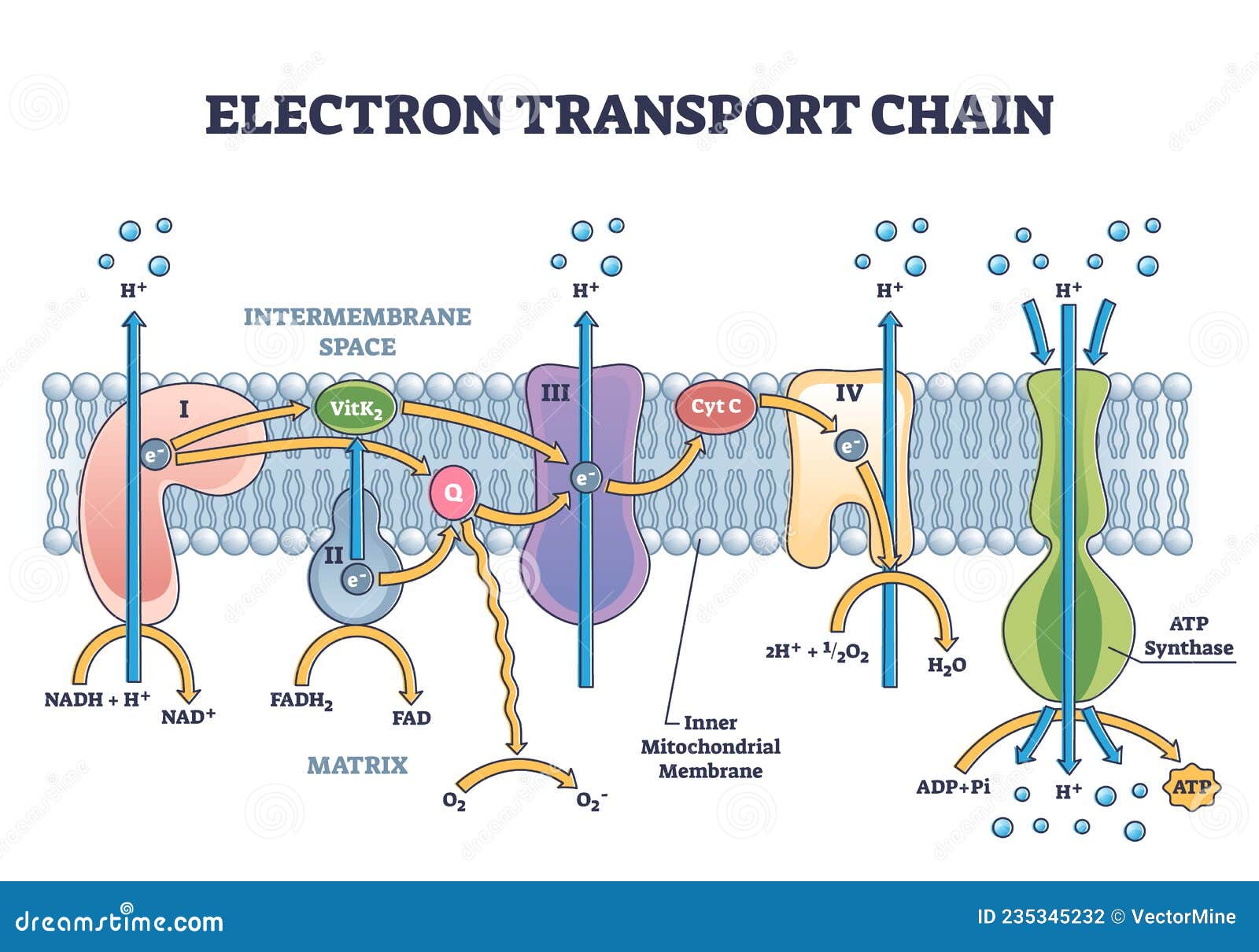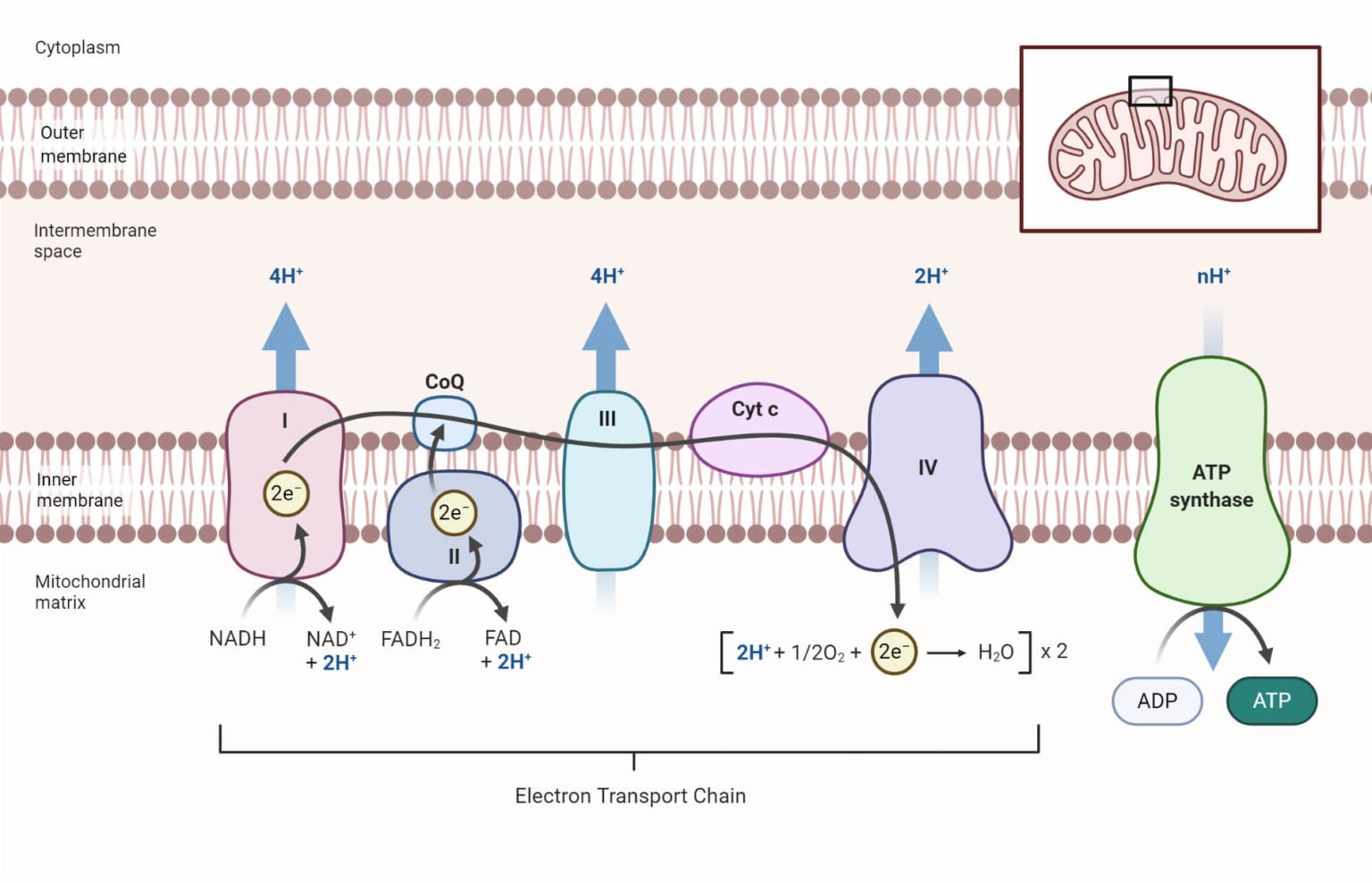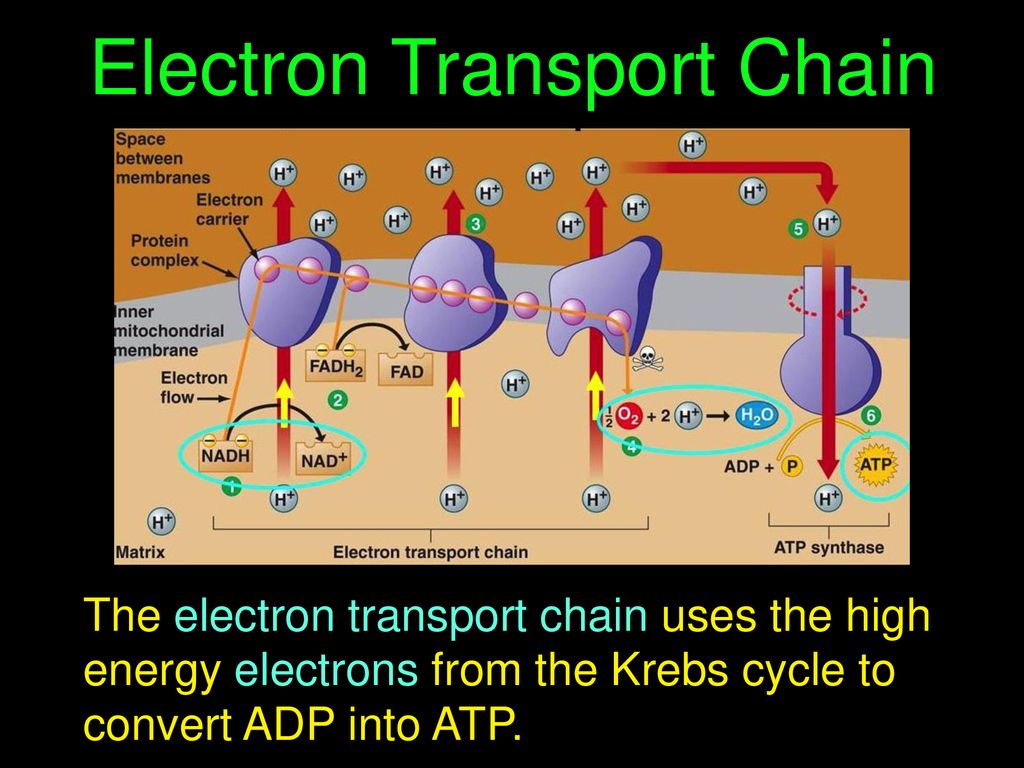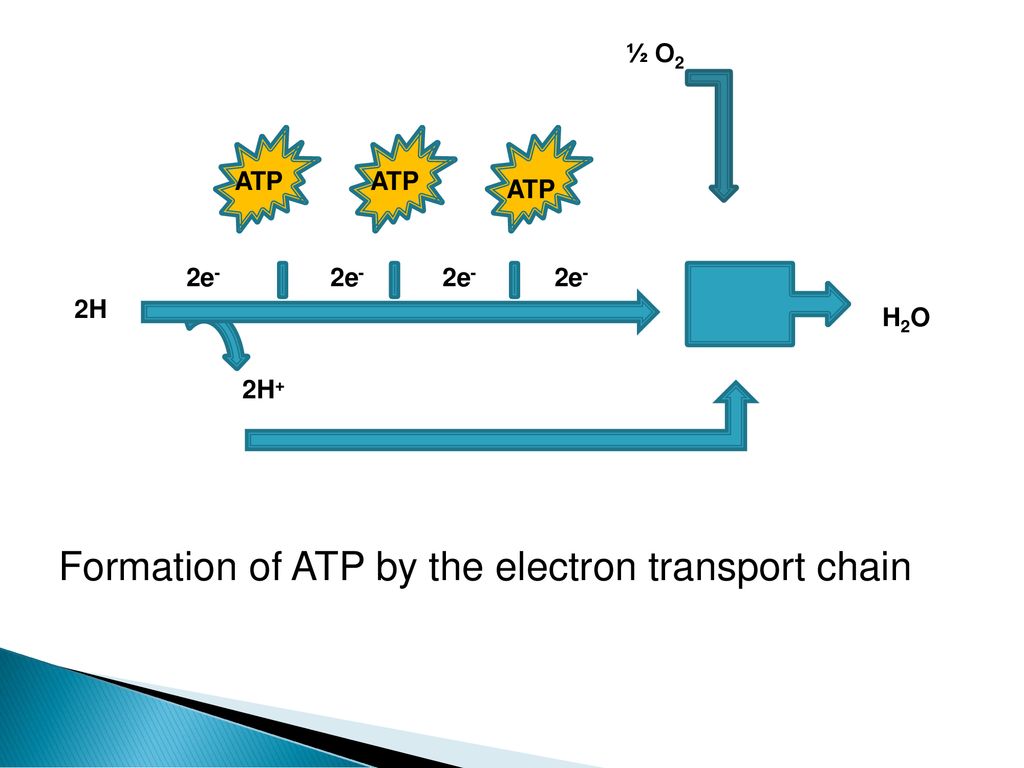How Much Atp Is Produced In The Electron Transport Chain
:max_bytes(150000):strip_icc()/ATP_ADP-358b5b4c26b443629b0f3ab9044bfbb1.jpg)
The electron transport chain (ETC), a crucial component of cellular respiration, is where the majority of adenosine triphosphate (ATP), the cell's primary energy currency, is generated. However, the precise amount of ATP produced has been a subject of ongoing research and refinement. Recent studies have shed new light on the efficiency and variability of ATP synthesis within the ETC.
Understanding ATP production in the ETC is paramount for comprehending energy metabolism in all living organisms. This knowledge is essential for various fields, including medicine, sports science, and biotechnology. This article delves into the latest findings and current understanding of ATP yield in the electron transport chain.
The Electron Transport Chain: A Primer
The ETC is a series of protein complexes embedded in the inner mitochondrial membrane. It accepts electrons from NADH and FADH2, molecules generated during earlier stages of cellular respiration such as glycolysis and the citric acid cycle.
As electrons move through these complexes, protons (H+) are pumped from the mitochondrial matrix into the intermembrane space. This creates an electrochemical gradient, a form of potential energy.
This gradient then drives the synthesis of ATP by a protein complex called ATP synthase. This process is called chemiosmosis.
The Theoretical Maximum vs. Reality
Textbooks traditionally state that one molecule of NADH yields 3 ATP molecules and one molecule of FADH2 yields 2 ATP molecules. These values are based on the theoretical number of protons pumped across the inner mitochondrial membrane per electron pair, and the number of protons required to drive ATP synthase.
However, these numbers represent the theoretical maximum. In reality, the actual ATP yield is often lower due to several factors.
These factors include proton leakage across the membrane and the energy cost of transporting ATP out of the mitochondria and other molecules into the mitochondria.
Revised Estimates of ATP Yield
More recent research, incorporating experimental data and refined calculations, suggests a revised ATP yield. Some studies suggest that one NADH molecule produces closer to 2.5 ATP molecules, while one FADH2 molecule produces closer to 1.5 ATP molecules.
These values are based on more accurate measurements of proton pumping efficiency and the energy costs associated with mitochondrial transport processes. These measurements are difficult to get as mitochondria are so small.
These adjustments reflect a more realistic view of ATP production in living cells.
Factors Affecting ATP Production
The efficiency of the ETC and ATP synthase can be affected by a variety of factors. These factors include the type of cell, the availability of oxygen, and the presence of certain inhibitors or uncouplers.
For example, uncouplers are molecules that disrupt the proton gradient without directly inhibiting ATP synthase. This leads to heat production rather than ATP synthesis.
The presence of uncouplers causes the cell to be less efficient in ATP production. This mechanism is used in brown fat cells to generate heat.
Significance and Implications
Understanding the precise ATP yield of the ETC has significant implications for various fields. In medicine, this knowledge can aid in understanding metabolic disorders and developing new therapies.
For instance, mitochondrial diseases, which affect the function of the ETC, can result in reduced ATP production and a range of symptoms. These include muscle weakness, fatigue, and neurological problems.
Accurate knowledge of ATP production also informs research in sports science, where optimizing energy production during exercise is crucial. It also allows the development of new ways to boost energy.
Future Directions
Research on the electron transport chain continues to evolve. Scientists are using sophisticated techniques such as cryo-electron microscopy to visualize the structure and function of the ETC complexes at high resolution.
These studies are providing new insights into the mechanisms of electron transfer and proton pumping. This insight will refine estimates of ATP yield even further.
Future research will also focus on understanding how the ETC is regulated in response to different cellular conditions. The hope is that it will enable the optimization of ATP synthesis.
Conclusion
While the theoretical maximum ATP yield of the electron transport chain has been a long-standing benchmark, recent research highlights the complexity and variability of ATP production in living cells. The revised estimates, acknowledging factors such as proton leakage and transport costs, provide a more realistic understanding of cellular energy metabolism.
This ongoing research has the potential to inform advancements in medicine, sports science, and biotechnology. Better understanding ATP production can help develop new therapies and techniques.
By continuously refining our understanding of the ETC, we can unlock new possibilities for improving human health and performance.
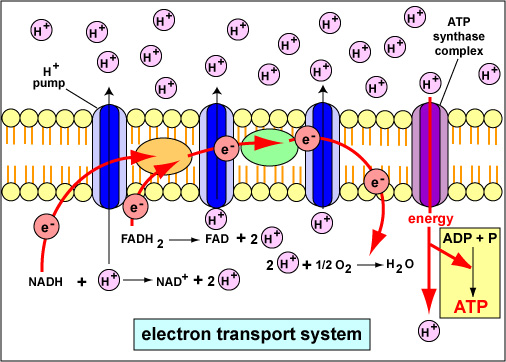
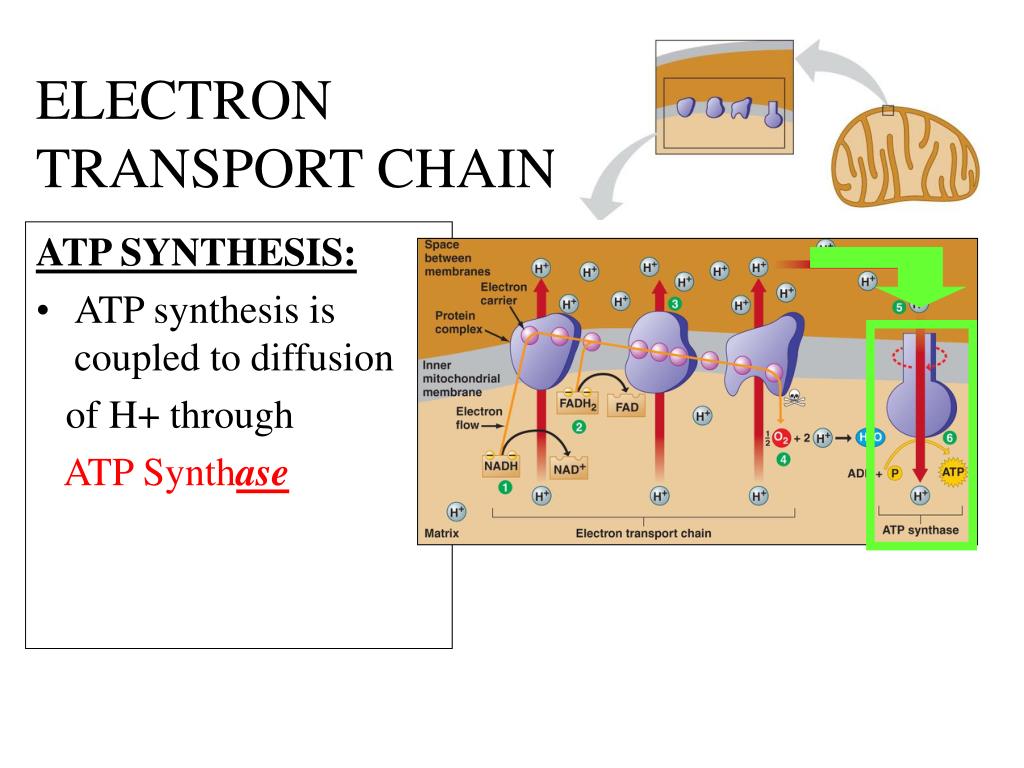
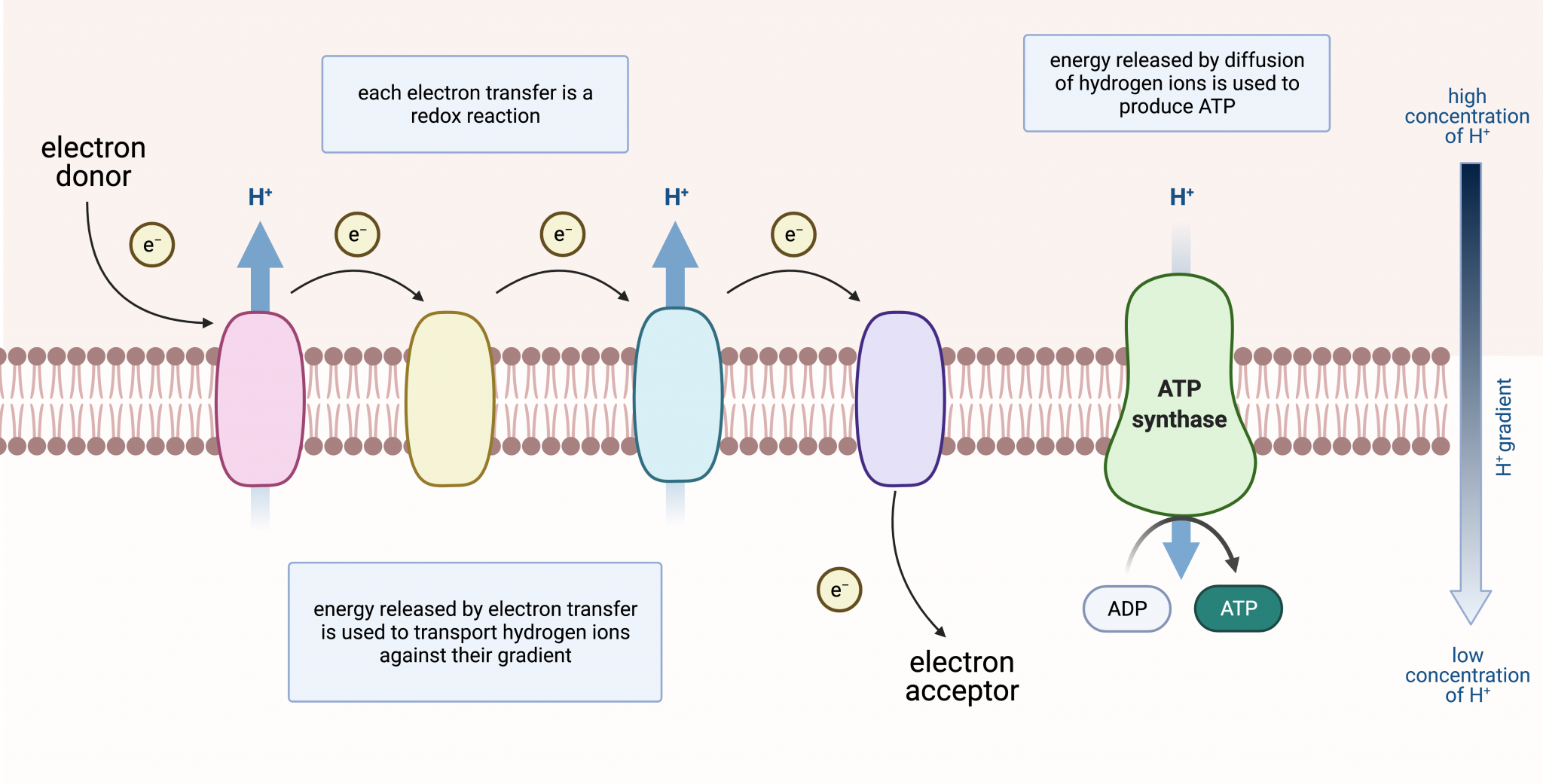
.jpg)





